Introduction
Refrigerated bread, whether it’s a slice of whole-grain toast, a baguette, or a artisanal sourdough loaf, often loses its freshness within hours of being stored. The cold environment of a refrigerator accelerates staling, a process driven by the retrogradation of starches and the loss of moisture. For many households, the microwave has become a go-to appliance for reviving stale or chilled bread, offering a quick fix to restore its softness and warmth. However, the question remains: How long should you microwave refrigerated bread to achieve the perfect balance of texture and temperature without turning it into a rubbery mess? This article delves into the science behind microwaving bread, explores variables like bread type, microwave wattage, and moisture content, and provides a detailed guide to help you master the art of reheating refrigerated bread.
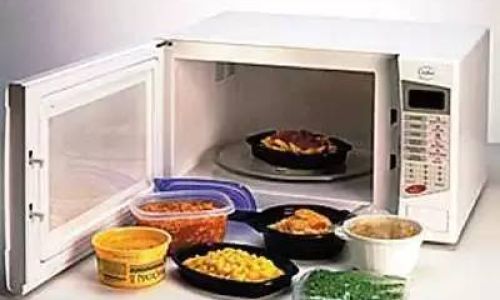
The Science of Staling and Microwaving
To understand why microwaving works, it’s essential to grasp why refrigerated bread becomes stale. Bread stales due to a chemical process called starch retrogradation. When bread bakes, starches in the flour absorb moisture and swell, creating a soft, airy texture. Over time, especially in cold temperatures, these starches recrystallize, pushing out moisture and causing the bread to harden. Refrigeration exacerbates this because the low temperatures speed up the movement of starch molecules, leading to faster retrogradation.
Microwaves counteract this by generating heat through molecular friction. The appliance emits electromagnetic waves that excite water molecules within the bread, producing steam. This steam rehydrates the dried-out starches and proteins, temporarily reversing the staling process. However, overheating can cause the bread’s structure to break down further, resulting in a gummy or tough texture. The key lies in finding the sweet spot—a duration short enough to rehydrate without overcooking.
Factors Influencing Microwaving Time
No two loaves of bread are identical, and neither are microwaves. Several variables affect how long you should microwave refrigerated bread:
-
Bread Type and Density
- Sliced Bread (e.g., sandwich loaves): Thin slices heat faster than thick ones. A standard slice (0.5–1 cm thick) typically requires 10–20 seconds on medium power.
- Dense Breads (e.g., rye, pumpernickel): Thicker crusts and heartier crumbs may need 20–30 seconds.
- Artisanal Breads (e.g., baguettes, ciabatta): Airy crumbs with irregular holes might dry out quickly; 15–25 seconds is often sufficient.
- Sweet or Enriched Breads (e.g., brioche, challah): High fat and sugar content can scorch if microwaved too long; start with 10–15 seconds.
-
Microwave Wattage
Most modern microwaves operate between 600–1200 watts. Lower wattage means slower heating, requiring longer durations. For example:- High Wattage (1000–1200W): Use shorter intervals (10–20 seconds per slice).
- Medium Wattage (700–900W): Add 5–10 seconds per slice.
- Low Wattage (600W or below): Increase time by 15–20 seconds per slice.
-
Initial Temperature and Moisture Content
Bread stored in airtight containers retains more moisture than bread left exposed. Drier bread may need slightly longer microwaving to rehydrate, while damp bread risks becoming soggy. -
Desired Texture
Do you prefer warm, soft bread or a crispy crust? Microwaving alone softens bread but doesn’t crisp crusts. For a hybrid texture, combine microwaving with a brief toast in an oven or toaster.
Step-by-Step Guide to Microwaving Refrigerated Bread
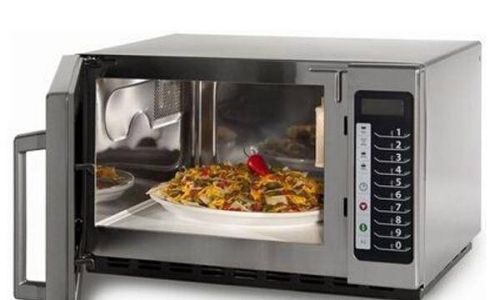
-
Preparation: Moisture Control
- Damp Paper Towel Method: Wrap the bread in a slightly damp (not soaking) paper towel. This creates steam during heating, preventing dryness.
- Water Bath: Place a microwave-safe cup of water alongside the bread to add humidity.
-
Power Settings
Always use 50–70% power (medium to medium-high) to avoid rapid dehydration. Full power risks uneven heating and toughening. -
Heating Intervals
- Sliced Bread: Start with 10 seconds, flip, and add 5-second increments until desired warmth is achieved.
- Whole Loaves/Rolls: Microwave in 15-second bursts, rotating halfway through. A small roll may take 20–30 seconds total; a larger loaf could need 45–60 seconds.
- Frozen Bread: Add 50% more time than refrigerated bread, using the same power settings.
-
Testing for Doneness
Gently press the bread—it should feel springy, not hard or dense. Overheated bread will release steam and feel stiff.
Common Mistakes and How to Avoid Them
-
Overheating
Error: Leaving bread in the microwave for too long.
Solution: Use short intervals and check frequently. Remember, residual heat continues cooking after removal. -
Uneven Heating
Error: Microwaving large loaves without rotating.
Solution: Flip or rotate the bread every 10–15 seconds to distribute heat. -
Soggy Texture
Error: Using excessively damp towels or over-steaming.
Solution: Ensure the paper towel is lightly damp, not dripping.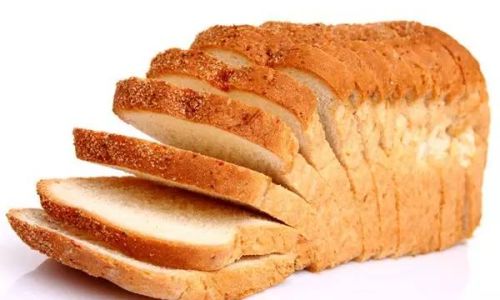
-
Ignoring Bread Type
Error: Treating all breads the same.
Solution: Adjust time based on density, moisture, and size.
Advanced Tips for Perfect Results
-
Hybrid Heating
For crispy crusts:- Microwave bread for 10–15 seconds to soften.
- Transfer to a preheated oven (350°F/175°C) for 2–3 minutes.
-
Butter or Oil Application
Brush melted butter or olive oil on the bread before microwaving for added flavor and moisture. -
Standing Time
Let the bread rest for 30 seconds post-microwaving. This allows heat to distribute evenly and moisture to stabilize. -
Storage Hacks
- Store bread in airtight containers or freezer bags to slow staling.
- Freeze bread if storing longer than 3 days; microwaving from frozen preserves texture better than refrigerating.
Troubleshooting Guide
- Bread is rubbery: Overheated. Reduce time by 5–10 seconds next try.
- Edges are crispy but center is cold: Uneven heating. Flip or rotate more frequently.
- Bread tastes stale after microwaving: Too dry. Use a damp towel or add a water cup.
- Microwave smells like burnt bread: Remove any crumbs and clean the interior. Lower power settings next time.
Beyond the Basics: Microwaving Specialty Breads

-
Gluten-Free Bread
Gluten-free varieties often dry out faster. Microwave in 5-second bursts, using a damp towel. -
Stuffed Breads (e.g., garlic bread, cheesy rolls)
Remove fillings if possible, microwave the base, then re-add toppings. If unstuffed, heat for 50% of the usual time to prevent melted cheese from hardening. -
Pizza or Flatbreads
Use a microwave crisper pan to achieve a crispy base. Heat for 30–45 seconds on medium power. -
Bread Bowls
Microwave empty bowls for 20–30 seconds to soften. Fill with soup immediately to retain heat.
The Environmental and Economic Impact
Microwaving bread isn’t just a culinary shortcut—it’s a sustainable practice. Food waste is a global crisis, and stale bread is a major contributor. By reviving refrigerated bread, you reduce waste and save money. A 2021 study by the FDA estimated that 30–40% of food in the U.S. is discarded, with bread products ranking among the top wasted items. Mastering microwave techniques ensures every slice serves its purpose.
Conclusion
Microwaving refrigerated bread is an art that balances science and practicality. By understanding starch retrogradation, adjusting for variables like wattage and bread type, and avoiding common pitfalls, you can transform stale leftovers into warm, flavorful meals. Whether you’re rushing to prepare breakfast, assembling a sandwich, or craving a midnight snack, the microwave offers a quick, energy-efficient solution. Experiment with timings, embrace hybrid heating methods, and remember: patience and attention to detail are the secrets to reviving refrigerated bread to its former glory.
FAQs
-
Can I microwave bread without a paper towel?
Yes, but results may vary. Without a towel, bread risks drying out. Use a water cup instead.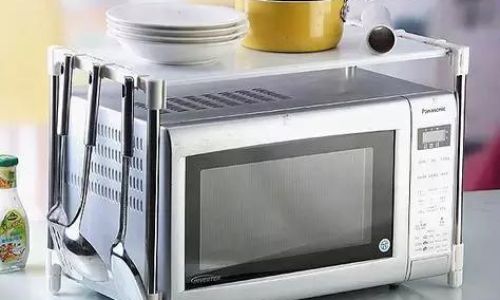
-
Is microwaving bread safe?
Absolutely. Microwaves don’t “nuke” nutrients but gently reheat. Avoid plastic wraps unless labeled microwave-safe. -
Why does my bread become chewy?
Overheating denatures gluten proteins, creating a gummy texture. Stick to short intervals. -
Can I microwave frozen bread directly?
Yes, but add 50% more time. Thawing first in the fridge yields better texture. -
Does microwave power affect taste?
High power can scorch sugars in enriched breads, altering flavor. Stick to medium settings.
By following this guide, you’ll never again settle for subpar refrigerated bread. Happy microwaving!

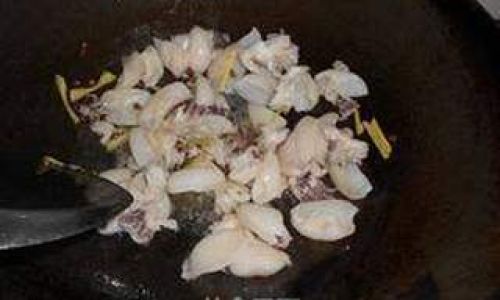

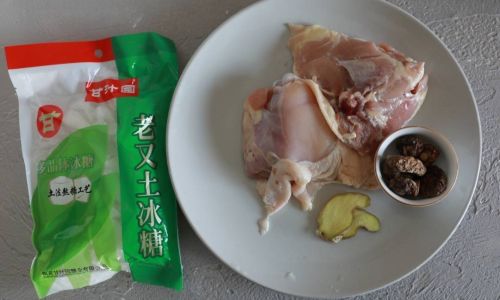
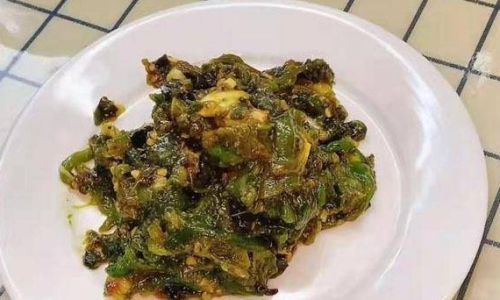

0 comments